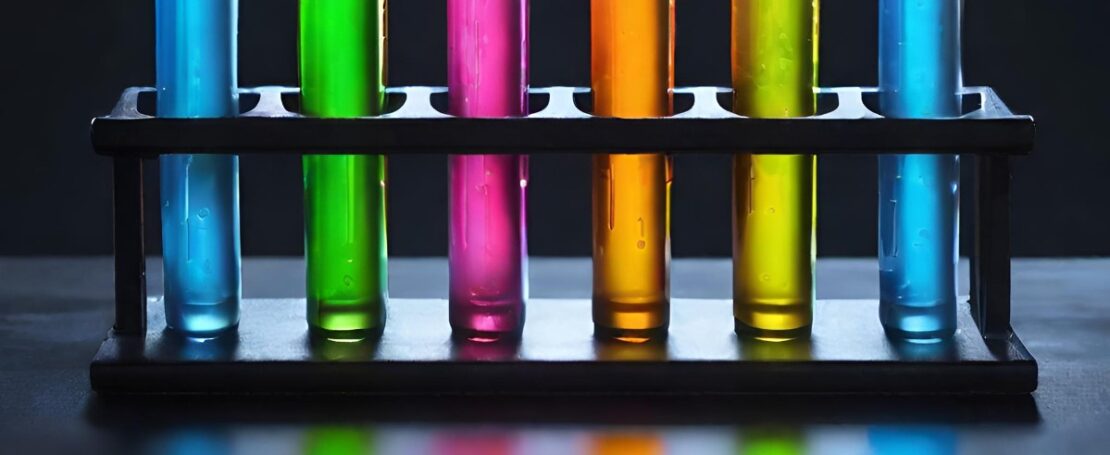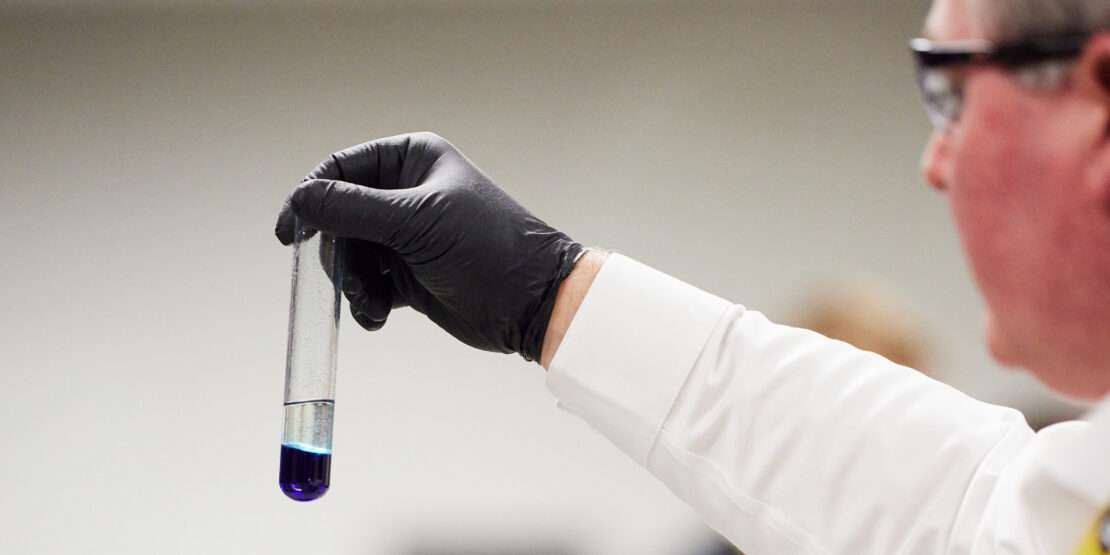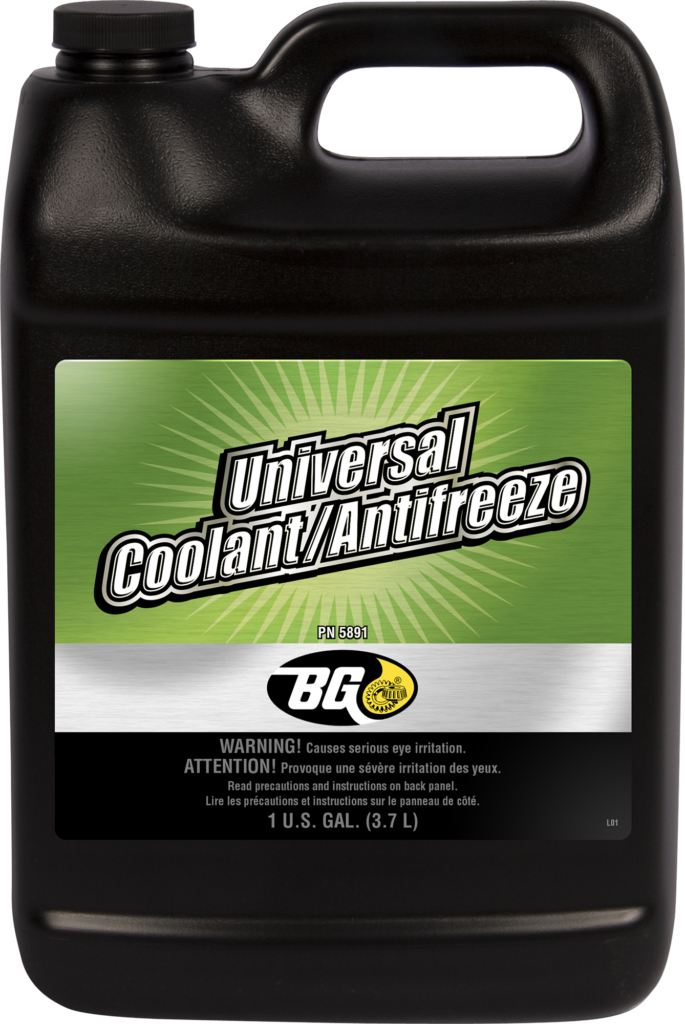Why Are Coolants Different Colors?

Traditionally, the dyeing of coolants was a loose way to signify their chemical composition. For example, green indicated an ethylene glycol-based coolant. These are used in typical automotive systems and are toxic. Pink indicated a propylene glycol-based coolant, which is nontoxic. These are used in potable water systems, such as campers and RVs.
This marketing-based practice has wrongly convinced technicians and customers that a particular coolant is incompatible with the vehicle if it is a different color. This is inaccurate.
Now, we no longer rely on color-coded coolant for vehicle compatibility. Most coolant is now universally compatible, but original equipment manufacturers (OEMs) still dye their coolant to distinguish their product from others on the market. So, you will see greens, pinks, purples, and any other color under the rainbow associated with a brand name and a specific use.
Organic Acid Technology: A Shift in Coolant Dynamics
Traditional “old school” coolants used inorganic additive technology (IAT) and incorporated corrosion inhibitors that were less stable and needed to be replaced every year or two.
Today, all OEM coolants use extended-life coolants (ELC), also known as organic acid technology (OAT) corrosion inhibitors.
The corrosion inhibitors in these coolants last much longer than traditional coolants—sometimes for several years before needing to be replaced.
Coolant Compatibility and Universality
OAT coolants are more compatible with other coolants containing different types of corrosion inhibitors. The “universal” aspect of coolants is not chemically absolute, but it allows the mixing of BG Universal Coolant/Antifreeze with almost every OAT coolant on the market without issue. Over the last three decades, every OEM has moved to OAT coolants due to their extended service life.
Do Colors Still Matter?
The color of coolant is simply dye and provides no function or distinction between coolant types. However, OEMs use different dye colors for specific vehicles to convince customers that they need to buy OEM-approved coolants.
The overarching authority on coolant performance is the American Society for Testing and Materials (ASTM). ASTM lists two major coolant performance categories.
A universal standard that ensures that coolant can be used in passenger car gasoline engines.
A similar quality standard that applies to coolants used in heavy-duty diesel engines.
Regardless of color, a coolant is considered suitable for use if it meets these performance requirements. BG Universal Coolant/Antifreeze is highly durable and offers excellent engine protection. This superior coolant protects cooling systems from corrosion, foaming, and acidic contamination.
Coolant Color Matching

It benefits BG service providers to match the OEM coolant color because it lessens the likelihood of OEM warranty concerns. If there is an issue with a cooling system component and the coolant color in the vehicle does not match that of the original factory fill, it makes for an easy scapegoat.
This is why BG blends coolants in various colors that can match most coolants on the market. It is also nice for purely aesthetic reasons. Mixing coolant colors does no harm to the vehicle, but it might turn an unsightly brown color.
Many shops use undyed coolant because it blends well with whatever color the system previously had.
BG’s Commitment to Color Precision
BG Products blends coolants in several popular colors to provide an exact match of OEM coolants.
We will continue offering dyed and undyed coolants to ensure customer satisfaction and avoid the risk of voiding the OEM warranty.

